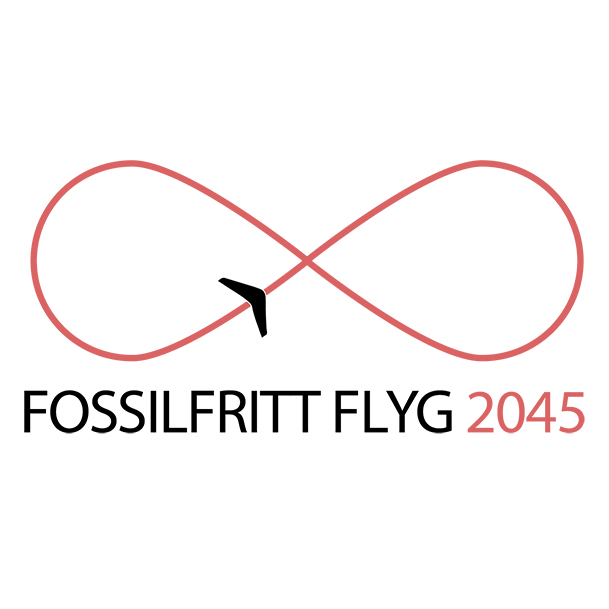
In the past, in virtually every home, among workers and croppers, there was a household pig. That time is long past, but it may be interesting to reflect on what function this piglet had – why did so many choose to have one? Well, the pig is an uncreated omnivore and you could feed it with a little of everything that was left over from household and agriculture. The pig went there and begged and turned all these useless leftovers into food and on the purchase you got fine fertilizer. Thus, the pig had it so that it could transform something with no or little value into something of greater value.
In the same way, we can see all the hundreds of solid fuel boilers that are scattered across the country in the forest industry and the district heating sector, like our industrial household pigs. The boilers willingly chew various waste from society, agriculture and forestry and deliver something of greater value to us – electricity and heat. The farmer was happy for his fertilizer but certainly valued the Christmas ham even higher. In the same way, we should try to get as much utility as possible out of the combustion plant before it in the back end spits out low-grade heat. For a long time, the other thing, the most valuable, has only been electricity. But if you look at the technical conditions, the possibilities are so much greater than that.
By supplementing equipment and infrastructure already in the cogeneration sector, a plethora of organic molecules can be produced in addition to electricity and heat. And as long as you do not create more fertilizer (sorry..heat) than you need, everything can be done with good resource management. At BioShare, we develop technology for co-production in solid fuel plants and have just completed a preliminary study on how a cogeneration plant can be rebuilt to produce aerospace kerosene in addition to electricity and heat. The conclusion: Within the framework of the available heat, significant amounts of aviation fuel can be produced efficiently. An average district heating plant in one of our medium-sized cities could co-produce fuel in the order of 10-20% of the fuel demand for Swedish domestic flights.
The efficiency, calculated as the relationship between produced fuel and extra fuel added to the district heating plant, is significantly better than for stand-alone plants. At the same time, investment costs can be kept down thanks to the investments already made in the facilities.
I am convinced that tomorrow’s industrial household pigs will be more technologically advanced and will also be able to convert organic waste streams into fuels in addition to electricity and heat. A development that will benefit both plant owners and the environment!
Christer Gustavsson, CEO BioShare
Read the original column at Fossil free aviation here.

